In my meanderings through various Facebook groups, professional communities, and coffee clutch conversations of late I find more and more conversations about — and contention surrounding — the internal use of essential oils.
Questions surrounding safe use of essential oils come faster — and are sometimes responded to more furiously — than ever before in aromatherapy groups and forums.
For companies bold enough to advocate unmitigated undiluted internal use, the advent of Pinterest, Twitter, and Facebook has created an easy network within which questionable practices can gain awareness while remaining unchecked; a pithy claim and a pretty picture are all it takes to make a possibly hazardous claim go viral. Many of the most viral among them advocate ingestion or internal use.
In the past few weeks alone, I’ve seen dozens of Pinterest “pins” recommending undiluted ingestion of essential oils for everything from Ebola to Enterovirus-D68, often using essential oils that both my education and my experience would suggest are unsafe for consumption as outlined in the pin.
Interestingly, some companies have chosen to defend themselves against cautions from members of the professional aromatherapy community surrounding ingestion advice by saying that it’s true that most essential oils are generally unsafe for internal use; their essential oils, of course, are the only ones you should trust to consume as they are somehow safer, superior, and (:::shudder:::) sanctioned by the FDA. <sigh>
The crumbling discourse surrounding internal use (and ingestion in particular) has devolved into a divisive–and often unpleasant–debate.
In recent weeks I’ve watched perfectly lovely, highly-trained, sweet-souled aromatherapists sweep the proverbial knee of “newbies” in Facebook groups who dare to innocently ask their first question about clove oil for their teething baby in a group that is seeing that very question for the umpteenth time. I’ve also seen qualified aromatherapists at bitter odds about what we should be saying on websites, in blog posts, in forums, through our practice. So many people are just over it. We’ve lost our patience and begun to take a low-road response to the tsunami of well-crafted, loosely outlined misinformation that continues to organically pop up on Pinterest boards and Facebook feeds. We take sides, slam companies, shut each other down…
Meanwhile, I wonder if the marketing “geniuses” at some of the companies driving the misinformation aren’t positively gleeful, delighted by the way we’re setting each other on fire.
Some well-educated aromatherapists, tired of trying to stem the tide of misinformation, exhausted by the drama, and fried from responding to the same queries again and again, have taken to a kind of shorthand in responding specifically to questions about internal use and ingestion: “it’s never safe and you shouldn’t trust anyone who says it is.” While I like to think I’ve been gentle, patient, and informative when responding to questions in forums and groups, I know even I haven’t always provided my honest, full-spectrum answer to the simple question — “internal use: yes or no?” — having instead adopted the “better safe than sorry!” approach to steering people away from internal use altogether.
In some forums and company, it feels like it would be more dangerous to suggest you support appropriate internal use of essential oils than it would be to just drink an entire bottle of oil.
And that could be a real problem: if we aren’t careful, thoughtful, and deliberate in protecting our trade, we, the members of the qualified, independent aromatherapy community, risk the wholesale dismissal of internal use of essential oils to save ourselves the time and trouble of framing this tough dialogue.
With that, we throw the baby out with the bath water, divorce ourselves from our heritage and what for some are best practices, constrain the global scope of our work and our conversations. We drive curious, enthusiastic newcomers into corners — and into the arms of unscrupulous companies willing to “empower” and “educate” them. We cut off our noses to spite our faces. And cutting off noses is not a good thing in an industry that is every inch invested in its noses….
Because internal use, yes, even ingestion, has a place in aromatherapy. But it’s not for everyone or everything.
The key is that internal use must be informed, safe, and appropriate to both the client and the driving issue.
The fact is that many well-educated aromatherapists, myself included, safely use essential oils and essential oil products internally–we’re just not doing it in some of the more inane ways that are being touted on Pinterest, Facebook, and various blogs or based on recommendations from companies who stand to directly benefit from our using them as “supplements.”

But I do occasionally leverage essential oils in my cooking because I know them to be safe when used in appropriate amounts with fats and oils where they can be safely dissolved and diluted. (Mostly, though, the source herb or plant tastes better, frankly….)
I have created vaginal and rectal suppositories in safe dilutions and appropriate carriers to address health issues. I have even taken a capsule of carrier oil with essential oils in it when I couldn’t bring my herbs with me on a trip. And I have safely leveraged essential oils, essential waters, and hydrosols internally as rinses, mouthwashes, toothpastes, yes, even douches on occasion. Do I broadly share those recipes on this blog, Pinterest, and Facebook for wholesale distribution and use? No, I’m too sensitive about the vacuum of compelling and relevant information necessary to safely recommend those recipes to a broad group of anonymous people. And I stand by the rule: FIRST, DO NO HARM.
I have considerable education and over twenty years experience working with oils and herbs and even I don’t think of ingestion or internal use first–or even necessarily look to essential oils first–to solve every emotional or physical challenge I’m experiencing. That’s just me. And while I occasionally use essential oils internally myself, that use is admittedly rare and always in a safe context–it’s certainly NOT the insanity that some companies and their salespeople suggest… I’m not waking up every day and drinking essential oils. (HINT: I’m not doing it every other day, either. I’m personally never drinking them.) Nor am I sourcing recipes for internal use or essential oil suppositories from Pinterest… Honestly, more often than not, I’ll look to herbs, diet, and self-care to address an issue, but….
Internal use of essential oils has showed up in my life, rare though those occasions have been.
Meanwhile, you may be wondering, do I provide essential oils or essential oil blends to my private practice clients for ingestion? ABSOLUTELY NOT. Ingestion, specifically, is out of scope for me.
Do I think internal use, including ingestion, still has its place in aromatherapy when guided by a qualified practitioner? Yes, I think it does. Are those kinds of practitioners, empowered by an understanding of pharmacodynamics and pharmacokinetics, to be found in the United States? Yes, there are some here, but they are certainly fewer and farther between in the U.S., than they are in, say, France. Would I personally prefer to see individuals leveraging internal use to be uniquely trained, skilled, and/or experienced–or partnered with another qualified health care professional–in vetting the safety of a recommendation or a blend? Yes, indeed, pleaseandthankyou.
Because internal use, in the big picture of aromatherapy, before companies began marketing essential oils as, godhelpusall, supplements, had both room for internal use and a context that safely supported it.

In response to a variety of challenges, aromatherapy, like herbalism, has created and successfully protected some legacy of relatively safe internal use to date, a legacy that finds itself threatened in today’s divisive climate.
And that legacy had a very different context before the advent of MLM companies and nutritional supplement labeling on essential oil bottles.
Some aromatherapists in the U.S. appear to be on the verge of shutting the door altogether on inquiries that invite a deeper discourse. They may be overprotecting our craft when it comes to tough conversations about the benefits and scope of internal use of essential oils.
But it’s a tough row to hoe: how do you faithfully represent safe, informed use and leave room for internal use (or ingestion in particular) when the bulk of the current dialogue about internal use is anchored in what are likely to be incredibly unsafe practices?
I can’t blame people for wanting to just slam the door on the conversation before anyone gets hurt.
But when you look beyond the tsunami of misinformation surfacing, there is some sound information available about internal use, especially in and from countries that have a rich history of safe, deliberate, and unreckless use by qualified aromatherapy health professionals. In my opinion, the best aromatherapists balance education, experience, and client information with authentic relationships with plants and oils. They leverage the breadth and depth of their tools appropriately in the context of their client’s challenges. Their relationship with their tools — essential oils, hydrosols, essential waters, and the like — is active and responsive. They are grounded in education, experience, and the underlying principle that harm shall come to none.
Some of the aromatherapists I respect the most –many of the authorities in our field — don’t limit themselves to pat, one-size-fits-all recipes and they don’t necessarily automatically dismiss internal use, because internal use has a place; internal use can be incredibly effective at addressing specific issues.
But I maintain that the people both recommending and leveraging internal use need to be aware of the big picture of what informs safety, including a great deal of context and wisdom that doesn’t often rise to the surface in casual conversation.
Some educated and/or experienced aromatherapists have found a way to maintain the dialogue and preserve the context of what safe internal use is really all about. But it’s genuinely challenging to protect a dialogue so that it doesn’t de-evolve into a “Yes, absolutely!” or “HELL, no!” response. Especially when someone has had the courage to say what they’re doing personally and been slammed for it–too often, assumptions are made that pigeon-hole that aromatherapist on one side or another of the “great debate” when they are, in fact, squarely and comfortably in the middle.
Because it’s possible for someone to say they don’t leverage internal use personally or in their practice without slamming the door on internal use altogether. Sometimes, people are just extra mindful of state regulations. Others are paying close attention to their liability insurance details. Still others might not believe they possess the requisite education or experience to go there (and that kind of self-limiting can be a really good thing!). What one person does is what one person does, not necessarily what they insist all others do.
What is missing is real context in the dialogue, including details about how personal health history, personal preferences, the nature and quality of the essential oils used, the precise delivery mechanism, dosage, length of treatment, the education and experience of the individual crafting the blend, and so much more inform the safety of internal use.
While reducing aromatherapy and essential oil use to blanket panaceas delivered as questionable recipes for daily ingestion posted on Pinterest and Facebook doesn’t serve aromatherapy’s growth and thriving, I don’t think overprotecting the public from aromatherapy’s potential by limiting its scope and generalizing its limitations to a hard-line answer of “NEVER” serves it either. To be clear, I am not suggesting that anyone begin the wholesale use of essential oils internally: it’s risky business (and contrary to the guidelines and scope of practice set out by several organizations in the US).
Still, the best work emerging from aromatherapists today demonstrates a deep engagement and profound listening in conjunction with the challenge at hand, a listening that might steer someone with appropriate training and/or experience towards a blend that safely incorporates the use of essential oils internally. (And that qualified someone is candidly not likely to be a salesperson. <AHEM>) Even if we don’t employ essential oils for internal use personally, we need to make room for those in the industry who thoughtfully and safely do or we ostracize ourselves from a rich and successful history, even if we decide never to embrace or actively employ internal use in the US.
It’s time to remember who we are, what we do, and how we work best. It’s time to remember that internal use has a place in the field of aromatherapy at the same time we recognize that it’s best practices aren’t likely to be found on a Pinterest board or a Facebook feed.
It’s time to embrace, own, and defend the full spectrum of aromatherapy by peaceably engaging in challenging dialogues with uncertain newcomers and multi-level marketing representatives. It’s time to make room for all of us and add the context that is so desperately needed in the discourse. We need to shift from defending our lives to expanding horizons — theirs and ours.
That’s the only way we can walk our talk and secure for aromatherapy and those that seek it out for the benefit of health and wellness a future that includes a thriving garden with many paths of possibility and opportunity instead of a crowded, one-way road to nowhere.

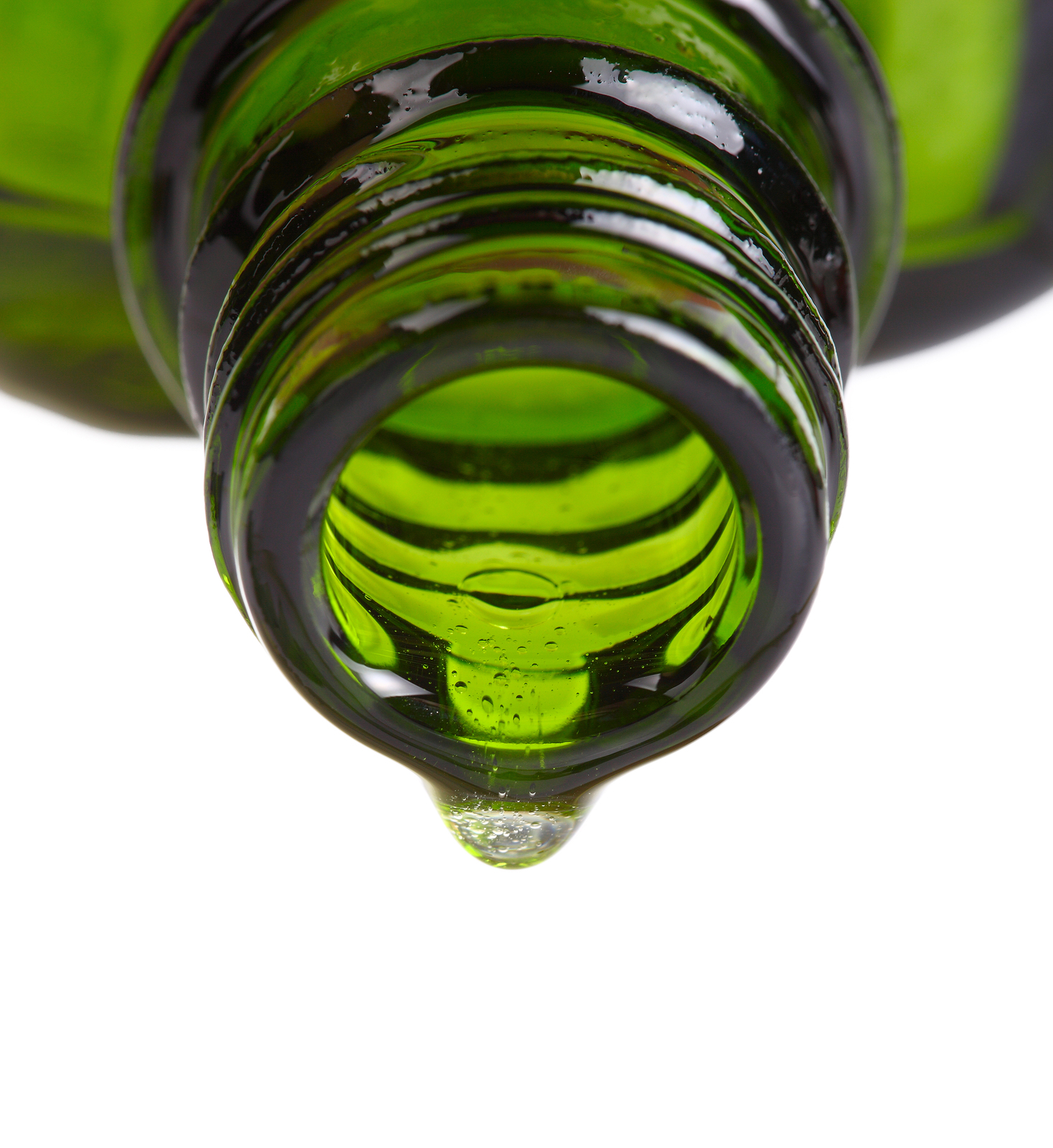
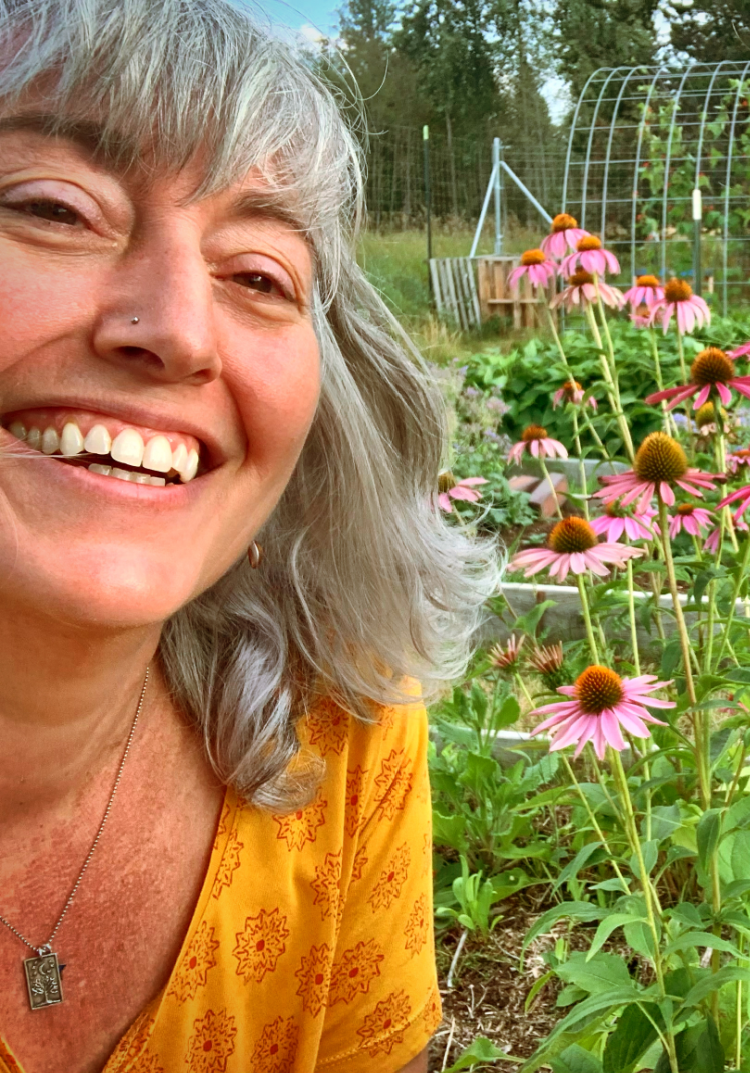
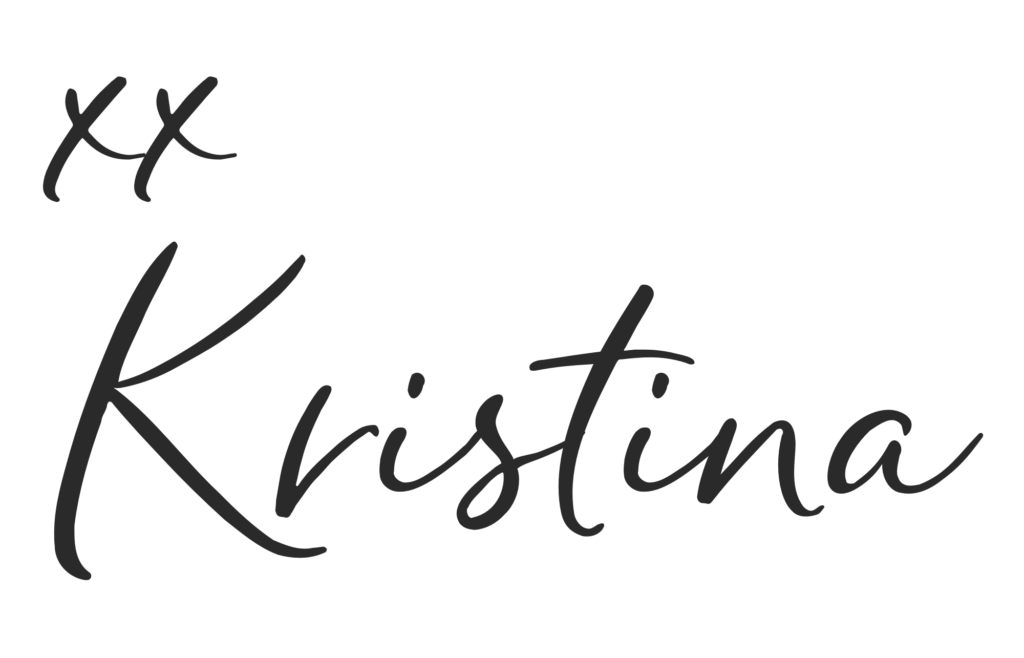
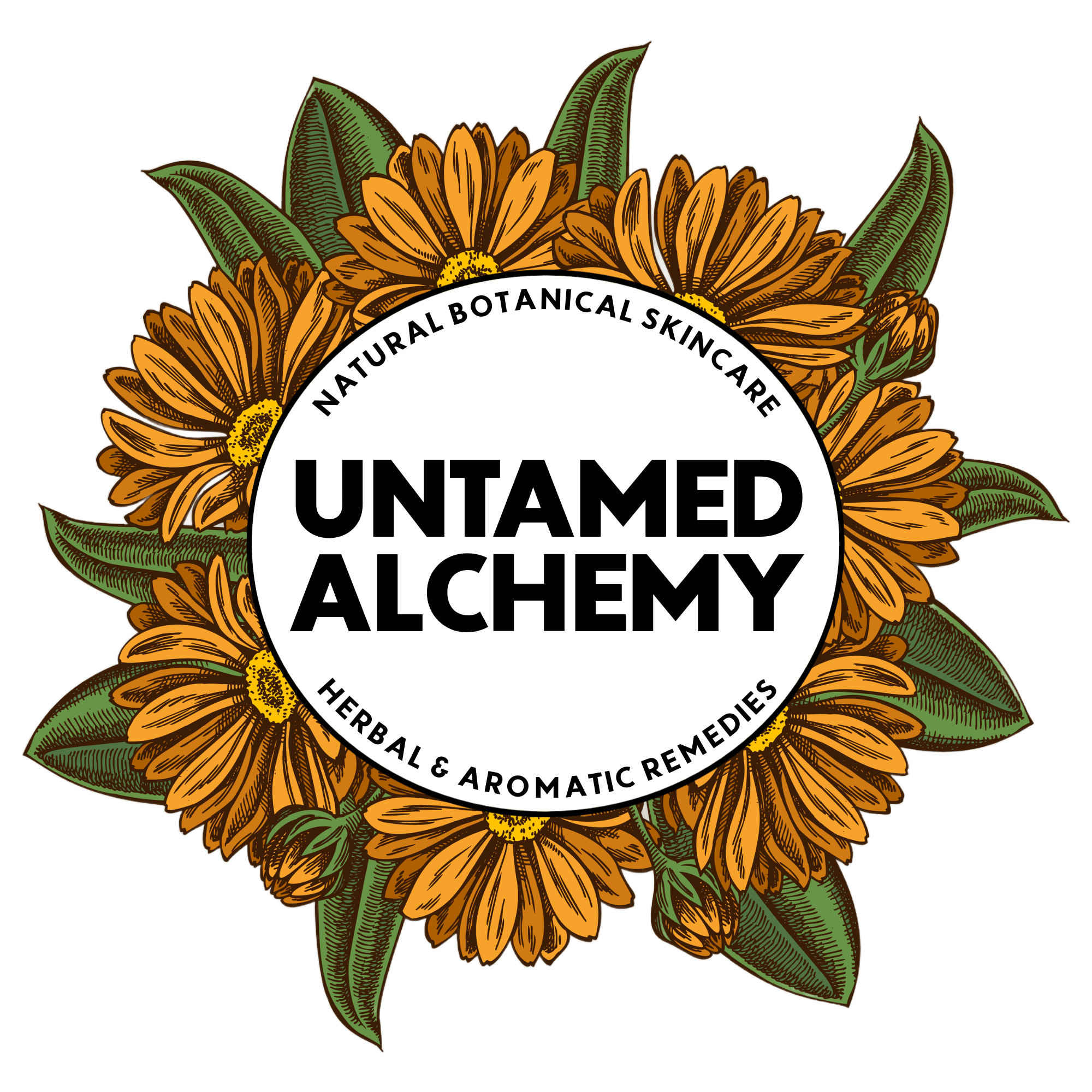
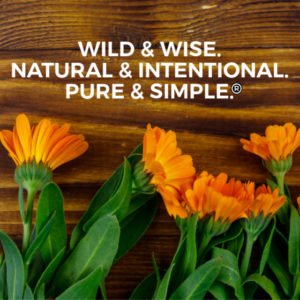

Very Helpful Thank you x